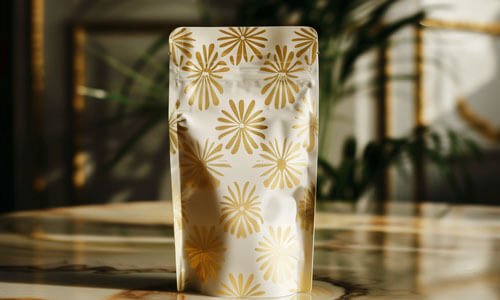No products in the cart.
Embossing Guide: Elevating Packaging
with Textural Enhancements
What is embossing?
If you've ever wondered "what is embossing", you've come to the right place. This guide will help you learn how to elevate your packaging with luxurious textural elements, setting your brand apart with a unique touch. You'll learn how to choose the right materials for the embossing process, designs to consider for the embossed pattern on your packaging, and how to choose the right partner to help you create a polished appearance through a custom embossed effect.
Understanding the differences between embossing and debossing
Although this article discusses embossing specifically, we want to take the time to discuss debossing, since the two are often confused. If you touch the surface of the card and can feel a raised texture, this is an embossed image. If you touch the surface and feel a depression, this is a debossed image. Understanding the differences between the debossing embossing process can be confusing, so hopefully this helps!

Embossing process: Embossed image techniques
When it comes to embossing paper, there are a few different embossing and debossing techniques to consider, including blind embossing, heat embossing, combination embossing, and the dry embossing technique. We'll discuss each of these embossed designs and paper embossing techniques below.
Blind embossing
This embossed paper technique allows you to add textured elements to your card stock or emboss paper using a heat tool, embossing powder, embossing ink, and a stamp. Heat embossing can be complex, but in general it involves foil emboss stamping or writing with a special ink, sprinkling embossing powder over the design, and heating it with a heat gun to create the desired raised effect.
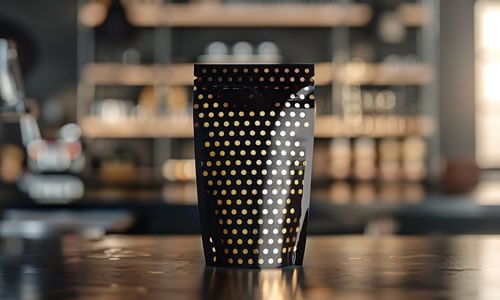
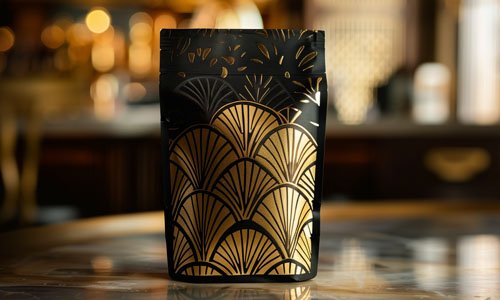
Combination embossing
Combination embossing involves embossing and foil stamping the same image, and is given this name since it is quite literally a combination between standard embossing and foil stamping. Usually embossing metal plates (also called a sculptured die) will be used in this process, and it's best used with folding carton boxes, corrugated boxes, or rigid boxes.
Dry embossing
Also referred to as relief or paper embossing, this technique involves creating a raised or textured pattern on paper or cardstock without using ink or heat. Blind embossing is a type of dry embossing, because it uses a stamped image to create an embossed or debossed pattern in lieu of using ink.
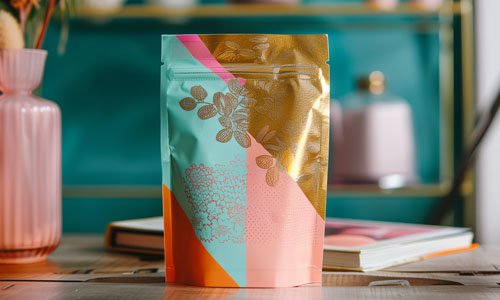

Registered embossing
With registered embossing, a blind embossed image is placed with another element created using ink, foil or a second embossed image to create a unique 3D design. The registered emboss technique creates depth and texture, and is ideal for folding cartons and paper packaging, including paper mailers, floor displays, and branded wine bags.
Choosing the right materials for embossed packaging
Typically, the best materials to use for embossing are card stock, rigid cardboard, or thick paper or other materials that provide a bit of rigidity. One household item that's commonly embossed is a business card, where the logo or name of the individual is in a raised area.
Design considerations for embossed packaging
There are a few design considerations to keep in mind as you create your embossed packaging:
Choose the location carefully
Look closely at your packaging to determine the exact location you want the embossed image to go. This way, you have a better idea of sizing and the space that's available for other details or images.
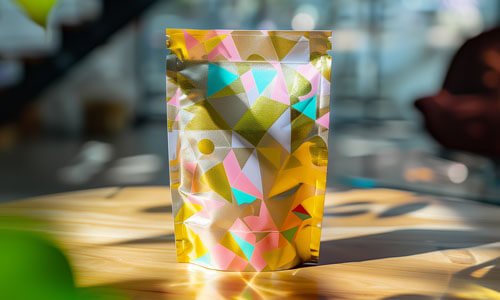

Convert your graphic to vector format
You want to convert your images into a vector format in order to keep the quality of the design. When using vectors, you can resize a graphic as big or small as you would like without compromising the quality of the image.
Do not go overboard with your design
Keep it simple! Too many details can muddle the graphic or distort the image. As a rule of thumb, the simpler you can make the design for the embossing or debossing process, the better the results will be.
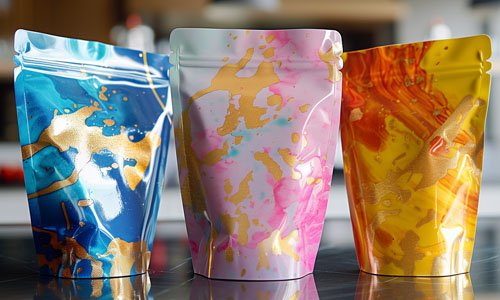
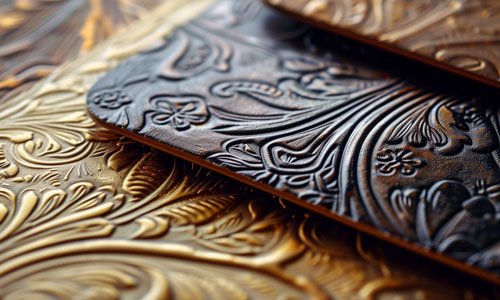
Think about the back
When considering an embossed design, it is incredibly important to think about the reverse side of your card or packaging. If you plan on customizing or using the backside of the paper, you may want to consider a different technique.
Select your material wisely
Last but not least, select your material wisely. We discussed some appropriate material to consider above, but if you're in doubt our CareDesign team can help you select the right material for your design.

CarePac: The embossing experts
At CarePac, we have been crafting packaging that has a shiny or polished appearance for years. We have experience with both embossing and debossing, and have a state-of-the-art die cutting machine. We'll help you select a material, work with you to determine if using metal is appropriate, and can even create a beautiful multi level emboss design for your packaging.
You started this blog wondering "what is embossing" and we hope we've provided some clarity. Ready to get started on your project? We are, too! Contact us today to get started.
